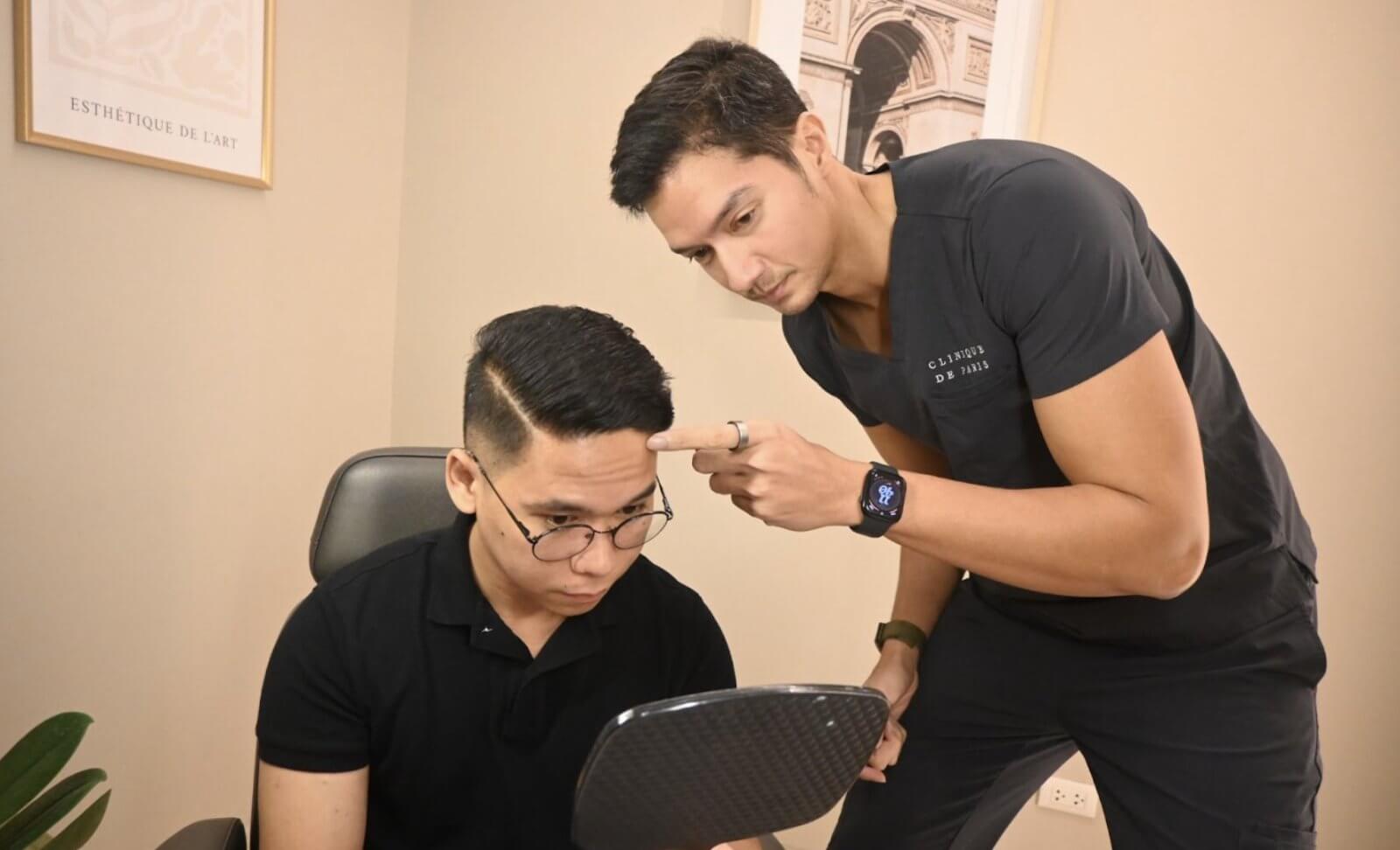by Johanna Patricia A. Cañal, MD, MHA, MSc
I got curious. I researched and found that psychiatrists are called shrinks because of a joking reference to “shrinking one’s head” during counselling. This was in the 1960’s when mental health wasn’t yet recognized as part of normal human health, when having a mental condition was considered a joke.
Today, thankfully, mental health is seen as an integral part of human health. But the question of many people is still one of the most basic. When should I see a psychiatrist?
To be mentally healthy implies a certain level of functioning. Each person has a normal level of functioning where one can do activities of daily living fairly easily and fairly routinely. A normal human adult is expected to be able to do a certain level of self-care—sleeping, eating, hygiene. A functional member of society is expected to be able to carry out certain activities—support one’s self, interact with other human beings and be involved in certain community activities.
Thus, warning signs of mental illness include anything that strays from this normal without an adequate explanation. Inability to carry out his usual work, inability to get up in the morning, refusal to eat, inability to sleep. Of course, these should be taken in context. There is nothing wrong with staying awake all night if one is legitimately worried about something that will happen in the morning. If you are defending your thesis on Saturday, I imagine that your sleep for the week before that won’t be great. Context is key.
It must be mentioned though that patients who are depressed don’t initially realize that they need help. This is where the family members come in. There must be recognition that there is something unusual going on in the patient’s life. The patient may deny the problem, but a high index of suspicion should not be ignored. If the alarm bells are ringing, listen to them. This family member may well become the patient’s lifesaver.
Hello!
This short article is part of a series of articles that is designed to make health care more understandable to non-doctors.
As a way of disclosure, I am a radiologist and a radiation oncologist. My strengths, therefore, are diagnosing illness, particularly cancer, and cancer treatment. Thus, I will be talking about medical tests and what these are about.
I shall also be talking about the dreaded disease, cancer. In the 2nd decade of the 21st century, cancer is the #4 cause of death worldwide. NUMBER 4! It used to be #10. It has obviously been going up. The number 1 and 2 killers are cardiovascular diseases…translated into heart attacks and strokes. Number 3 is pneumonias and lung diseases.
The previous century was known as the century of infectious diseases. The most common causes of disease and death were bacterial and viral pneumonia and tuberculosis. The present century is the century of the lifestyle disease. That is, infections don’t play as big a part as lifestyle diseases. What are those? Heart disease, strokes, cancers and injuries/accidents.
But then again, the 21st century has just started, and we already have a pandemic. One never knows what will happen in the next 10, 20 or 30 years. Thus, this series will discuss a range of topics, hopefully the topics most relevant to you.
If there is a topic that you want clarified, please do drop me an e-mail at [email protected]. Please just fill in the subject line with: [SULIT] Your question

Johanna Patricia A. Cañal, MD, MHA, MSc
























